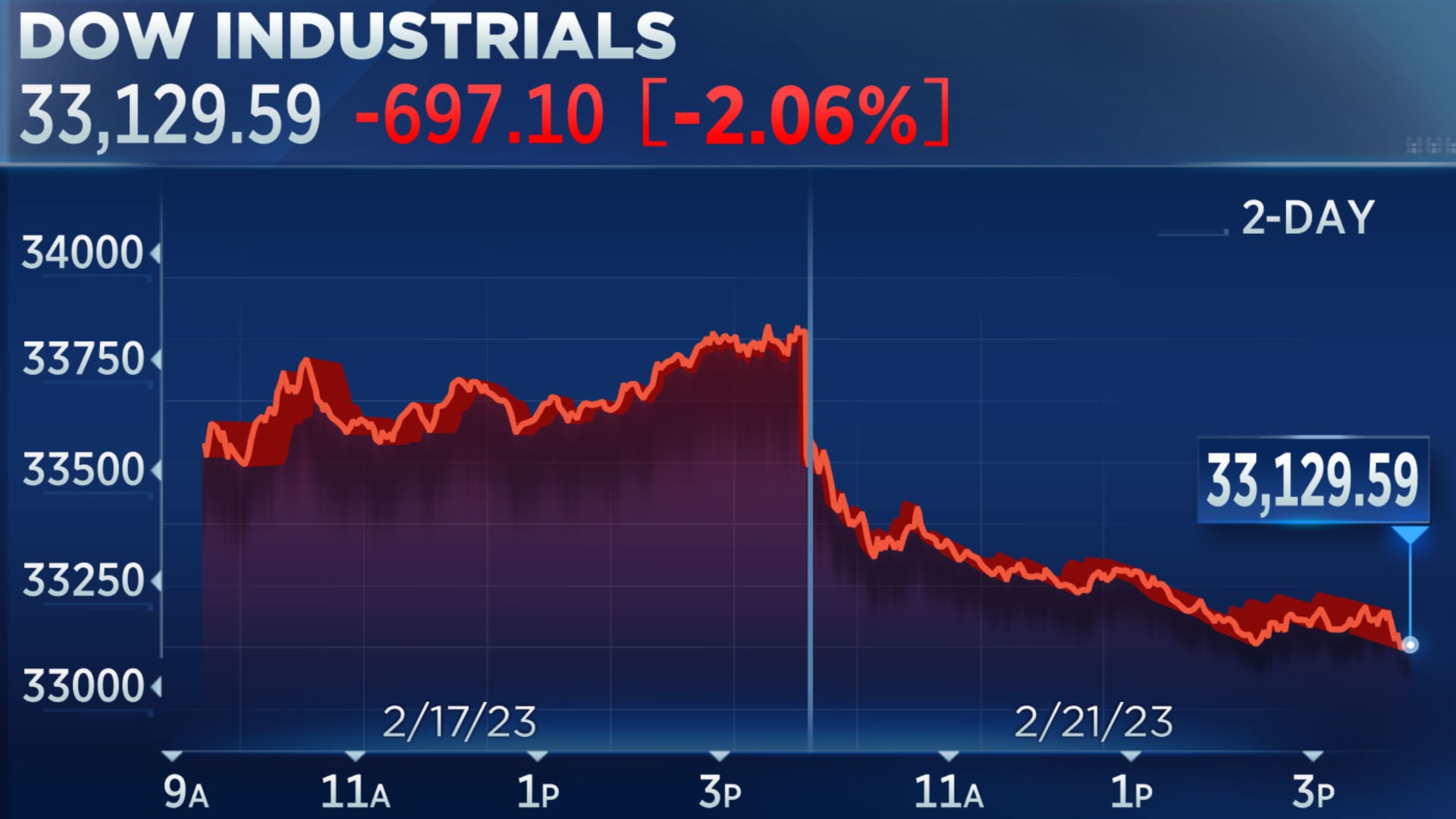How Tariffs Impact China's Export-Oriented Economy

Table of Contents
China's remarkable economic growth has been significantly fueled by its export-oriented economy. For decades, the "Made in China" label signified affordable goods flooding global markets. However, the increasing implementation of tariffs, particularly from the US, presents a substantial challenge to this model. This article will delve into the multifaceted ways tariffs are impacting China's export-driven growth. We will examine the consequences for various sectors, the government's response, and the broader global implications.
<h2>Reduced Export Volumes and Revenue</h2>
Tariffs directly increase the cost of Chinese goods in importing countries. This increased cost reduces the competitiveness of Chinese products, leading to decreased demand and subsequently lower export volumes and revenue. The impact of tariffs on Chinese exports is far-reaching, affecting various sectors and triggering a ripple effect throughout the economy.
- Decreased competitiveness in global markets: Higher prices make Chinese goods less attractive compared to those from countries not subject to the same tariffs. This loss of competitiveness forces Chinese exporters to either absorb the cost, reducing profit margins, or raise prices, impacting consumer demand.
- Loss of market share to other exporting nations: As Chinese goods become more expensive, importers shift their sourcing to countries offering similar products at lower prices, leading to a significant loss of market share for China. This shift is particularly noticeable in sectors like manufacturing and technology.
- Impact on specific sectors like manufacturing and technology: The impact of China export tariffs varies across sectors. Industries heavily reliant on exports, such as textiles, electronics, and machinery, have been disproportionately affected, experiencing reduced orders and production cuts. For example, tariffs on Chinese solar panels significantly impacted their global market share.
- Examples of specific tariff impacts on particular Chinese export products: The imposition of tariffs on steel and aluminum has resulted in reduced Chinese exports to the US, while tariffs on certain consumer electronics have similarly impacted sales.
<h2>Shifting Global Trade Dynamics</h2>
Faced with increased trade barriers, China is actively seeking alternative markets and trade partners, significantly impacting its long-standing trade relationships. This diversification is a crucial element in China's response to the challenges posed by tariffs.
- Increased focus on the Belt and Road Initiative: The Belt and Road Initiative (BRI), a massive infrastructure project connecting Asia, Africa, and Europe, is increasingly viewed as a strategy to diversify export markets and reduce reliance on traditional trading partners.
- Strengthened trade ties with other Asian economies: China is actively strengthening trade relationships with countries in Southeast Asia, South Asia, and beyond, seeking new markets for its exports. Regional trade agreements are being negotiated to further facilitate this.
- Development of new export routes and logistics: To reach new markets effectively, China is investing heavily in improving its logistics infrastructure and developing new export routes, both maritime and overland.
- Challenges in diversifying export markets: While diversifying export markets offers potential benefits, it also presents challenges. Developing new markets requires significant investment in marketing, distribution networks, and understanding local regulations.
<h2>Domestic Economic Adjustments</h2>
The reduced export volumes resulting from tariffs have significant internal consequences for China's economy. This includes impacts on employment, investment, and overall economic growth.
- Job losses in export-dependent industries: Reduced exports have led to job losses in export-oriented sectors, particularly in manufacturing. This has prompted government intervention to address unemployment and social stability.
- Government support programs for affected sectors: The Chinese government has implemented various support programs, including subsidies, tax breaks, and financial aid, to help struggling businesses and mitigate job losses in affected sectors.
- Stimulus packages to boost domestic consumption: To offset the negative impact of reduced exports, the government has implemented stimulus packages aimed at boosting domestic consumption and reducing reliance on export-led growth.
- Long-term effects on China's economic development strategy: The impact of tariffs is forcing China to reassess its long-term economic development strategy, moving towards a more balanced approach that emphasizes both domestic consumption and exports.
<h3>The Role of Government Intervention</h3>
The Chinese government is actively responding to mitigate the negative effects of tariffs through a range of policy changes, subsidies, and trade negotiations.
- Trade negotiations and dispute resolution mechanisms: China actively engages in trade negotiations and utilizes dispute resolution mechanisms within the WTO framework to address tariff barriers and unfair trade practices.
- Financial support for struggling businesses: The government provides financial support, including loans and subsidies, to businesses affected by tariffs to help them maintain operations and avoid layoffs.
- Promotion of domestic consumption and investment: Policies aimed at boosting domestic consumption and stimulating investment are being implemented to reduce reliance on external demand.
- Technological innovation and upgrading of industries: The government is promoting technological innovation and industrial upgrading to enhance the competitiveness of Chinese goods in global markets and reduce reliance on low-cost manufacturing.
<h2>Conclusion</h2>
Tariffs have demonstrably impacted China's export-oriented economy, necessitating significant adjustments in trade strategies, domestic policies, and global partnerships. The consequences are multifaceted, affecting not only China but also global trade dynamics. Understanding the complexities of how tariffs impact China's export-oriented economy is crucial for businesses, investors, and policymakers alike. Further research into specific sector impacts and the long-term implications of these trade policies is needed to navigate this evolving economic landscape effectively. Continue to stay informed about the latest developments in China's export tariffs and their ripple effects on the global economy.

Featured Posts
-
 White House Cocaine Found Secret Service Concludes Investigation
Apr 22, 2025
White House Cocaine Found Secret Service Concludes Investigation
Apr 22, 2025 -
 Trump Administration To Withdraw 1 Billion More In Funding From Harvard
Apr 22, 2025
Trump Administration To Withdraw 1 Billion More In Funding From Harvard
Apr 22, 2025 -
 Conclave 2024 Assessing Pope Franciss Enduring Impact
Apr 22, 2025
Conclave 2024 Assessing Pope Franciss Enduring Impact
Apr 22, 2025 -
 Post Roe America How Otc Birth Control Changes The Game
Apr 22, 2025
Post Roe America How Otc Birth Control Changes The Game
Apr 22, 2025 -
 Live Stock Market Updates Tracking Dow Futures And Dollar
Apr 22, 2025
Live Stock Market Updates Tracking Dow Futures And Dollar
Apr 22, 2025
